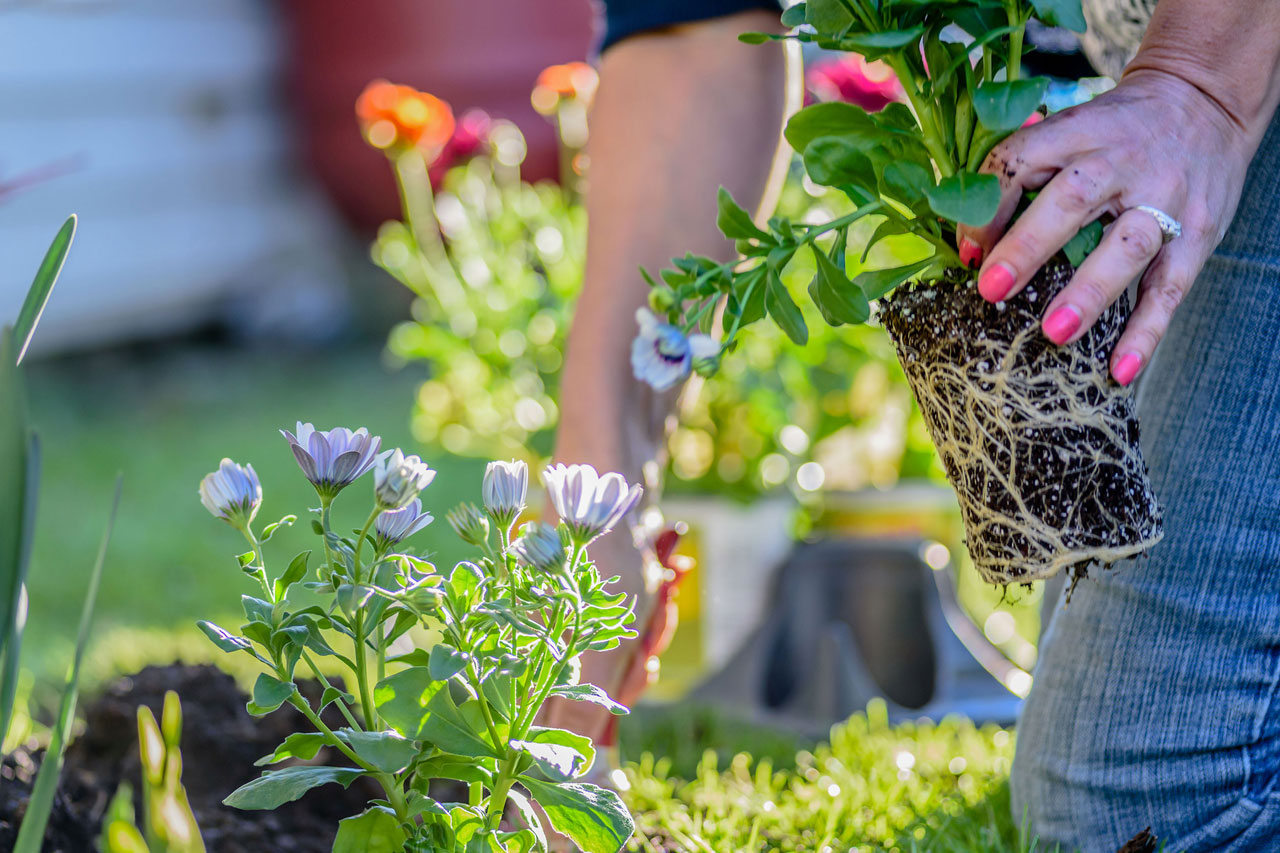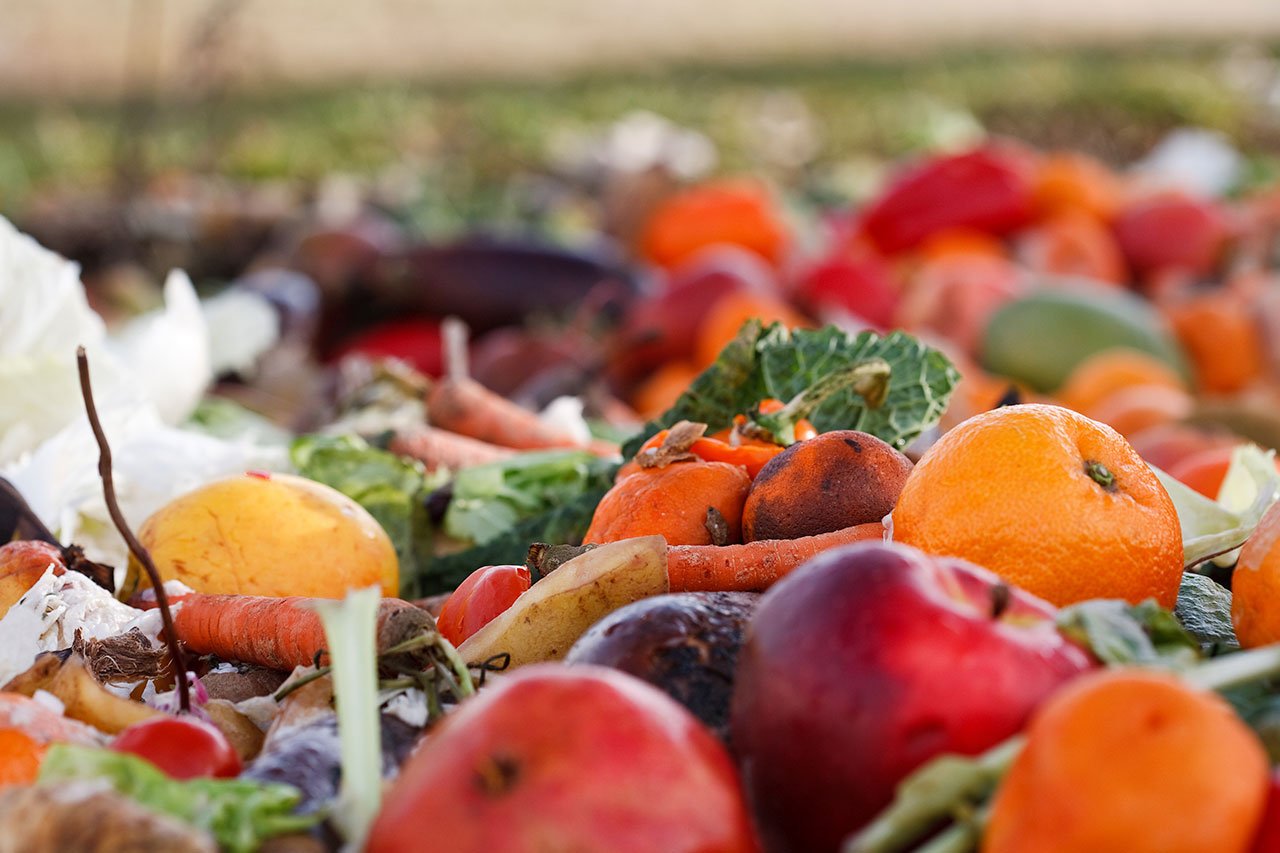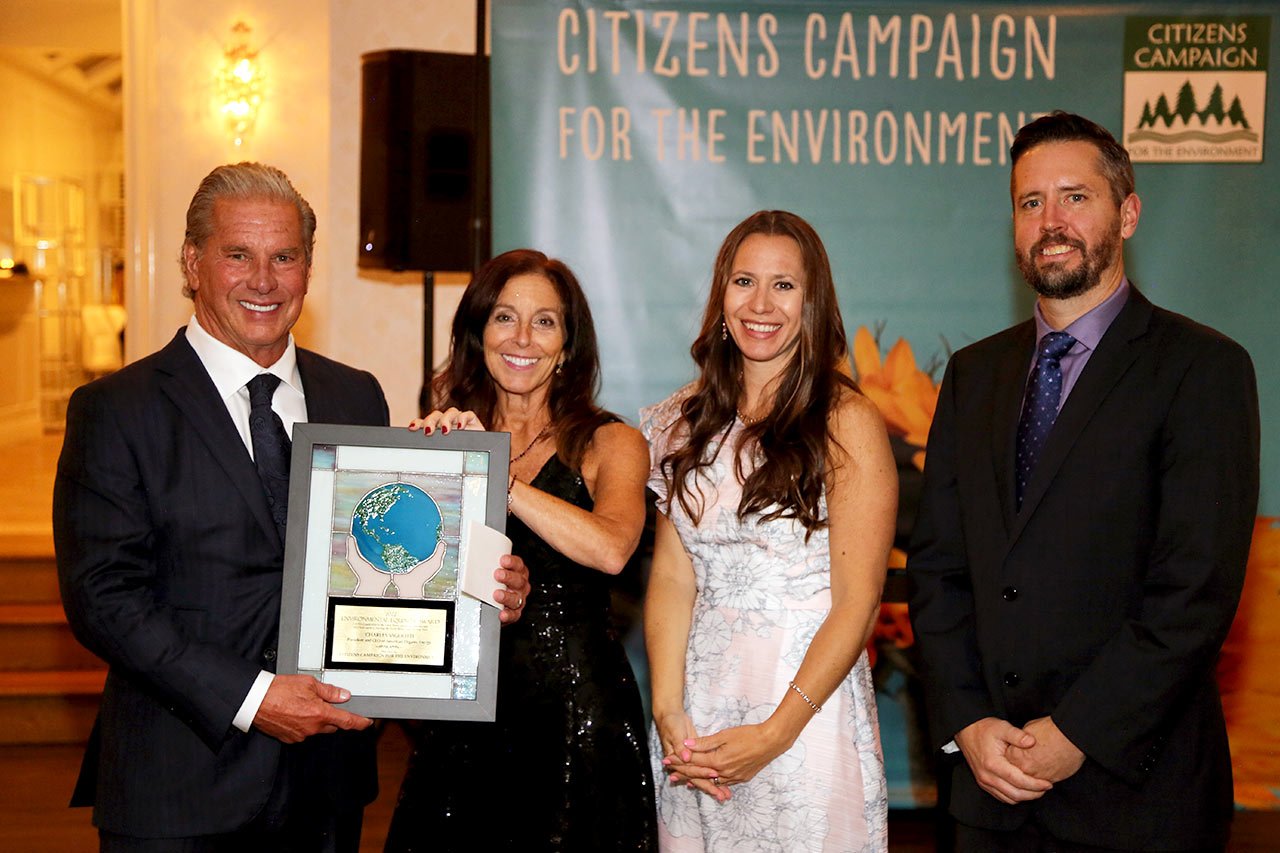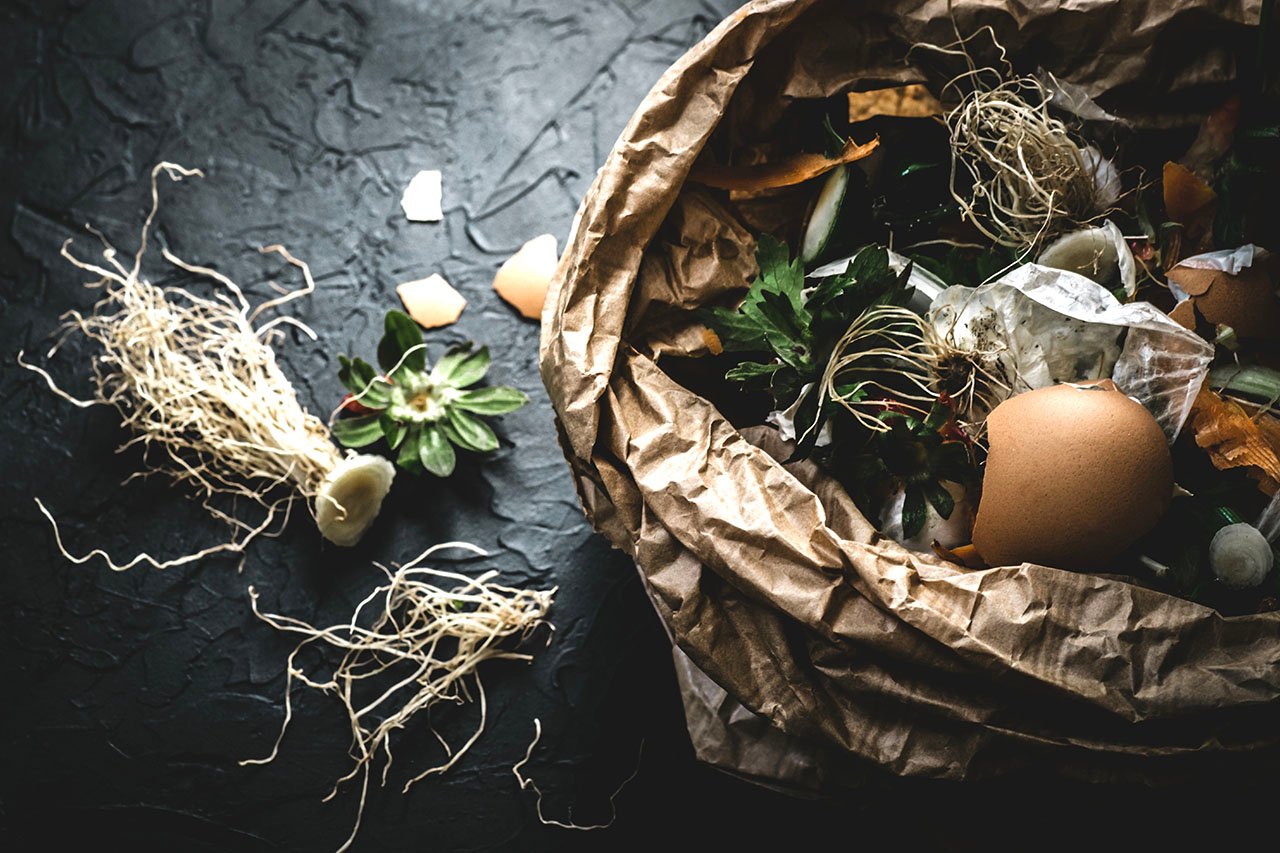The current climate crisis has led to extraordinary changes in weather patterns across the nation, with New York City being no exception. Due to steadily climbing temperatures, sweltering summers and temperate winters have resulted in a new classification for the metropolitan region: subtropical.
What does this mean for an urban environment used to falling squarely within humid continental parameters, specifically, when it comes to that vegetation capable of thriving in such weather conditions? Cautious adjustment and customization.
Warming Trends on the Rise
According to the National Oceanic and Atmospheric Administration (NOAA), the northern hemisphere experienced its hottest summer on record, ending in August 2020, prompting the U.S. government agency to recently reconfigure its existing plant hardiness zones. These designations are typically gauged based upon the coldest temperature of the year found at each location, averaged out over a 30-year period.
By regionalizing such weather patterns, gardeners and growers are better equipped to determine which plant species are most likely to thrive—or die—during the winter months. Other factors contributing to plant survival include light, precipitation, and soil type. While hardiness zones have been creeping north to higher latitudes and elevations, experts warn that a single cold snap during the winter season is still capable of wiping out those less stable plants.
This recent warming trend has been largely attributed to human-generated carbon emissions from fossil fuels, a pattern that is expected to continue until there is a more concerted effort to eliminate, or substantially reduce, these harmful environmental toxins. In the interim, these small shifts in average temperature are leading to rather sizeable consequences when it comes to the regional landscape.
Cold Snaps & Climbing Temps
To the casual observer, the early onset of spring weather, welcoming magnolia and cherry tree blossoms in early March, may not seem like cause for alarm. Similarly, fig trees left unprotected during the winter months at the Brooklyn Botanic Garden emerged unscathed due to temperatures averaging around 42.5 degrees F. Ivy continues to grow on buildings, even flowering and bearing fruit on certain southern-facing façades. New species have begun to thrive in the metro area, while those more commonly associated with New England have begun to vanish.
The issue, however, arises when extreme cold snaps arrive unexpectedly, wreaking havoc on tropical plants such as yuccas and palms in as little as three days. Though gardening conditions have begun to mirror those found in Maryland, coastal Virginia and Washington, D.C., many experts are wary of embracing this subtropical classification in New York City.
Certain southern species are clearly thriving. Exotics, Japanese flowering apricot, camellias, magnolias, dogwoods, and others from Asia and South America have begun to take root, such as crepe myrtles and monkey puzzle trees. The warmer climate has also encouraged an influx of invasive weeds, such as poison ivy, Japanese knotweed, and porcelain berry, as well as plant-eating pests including the hemlock woolly adelgid, spotted lantern fly, Asian leaf hopper, emerald ash borer, and southern pine beetle.
Increasingly warm temperatures bring the prevalence of tropical storms and downpours. While this is environmentally beneficial in smaller, more consistent doses, sporadic deluges tend to do more harm than good. Hard rain results in less absorption, and more potential for erosion and runoff. Looking ahead, irrigation systems may need to be upgraded to accommodate this evolution, allowing for the filtration and reuse of rainwater.
As the climate picture comes into clearer focus over the course of the next several years, it will become increasingly imperative that custom soil blends be uniquely crafted to suit this new environment, from backyard gardens to the more sweeping green roof structures found across the New York metropolitan area.
This is where American Organic Energy and Long Island Compost come into play, as their expert team of soil scientists continues to cultivate the appropriate blends optimally suited for this quickly changing climate zone. This, coupled with their forward-looking approach to transforming organic waste into useful sources of energy, fuel, compost, fertilizer and clean water, bodes well for a future where the NYC landscape can continue to thrive.
Learn more about their commitment to sustainability today.








